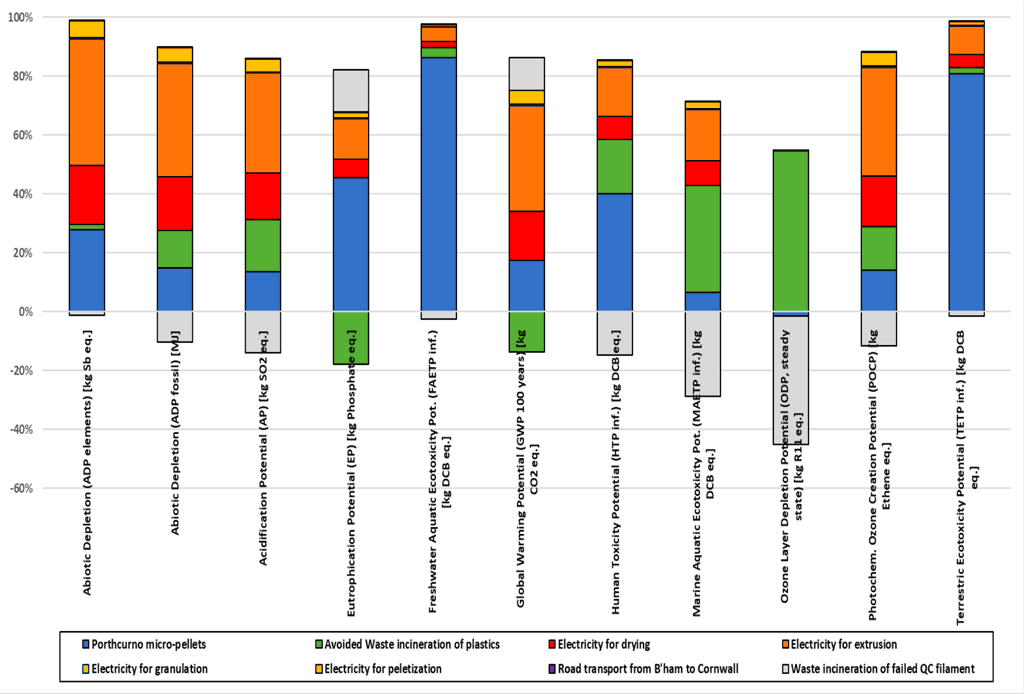Categorising Scope 1, 2 and 3 emissions is now part of global ESG reporting standards for larger companies.
We are able to support your financial reporting by supplying data from ISO 14040:2006 compliant Carbon Impact Assessments for our core products and services.
If you’d like to talk to us about carbon emissions and Fishy Filaments’® mission to reduce the impact of commercial fishing net recycling, then click the button below.
The term first appeared in the Green House Gas Protocol of 2001 and today, Scopes are the basis for mandatory GHG reporting in the UK.
If you’re hearing about Scope 1, 2 and 3 emissions for the first time, it’s unlikely to be the last. Think of it in terms of three categories of emissions;
Scope 1 emissions— This one covers the Green House Gas (GHG) emissions that a company makes directly — for example while running its boilers and vehicles.
Scope 2 emissions — These are the emissions it makes indirectly – like when the electricity or energy it buys for heating and cooling buildings, is being produced on its behalf.
Scope 3 emissions — In this category all the emissions associated with the supply chain, not with the company itself, but including raw materials and their production.
For many businesses, Scope 3 emissions account for more than 70 percent of their carbon footprint.
If you would like to read more about it, we suggest that you read this report by HSBC.
